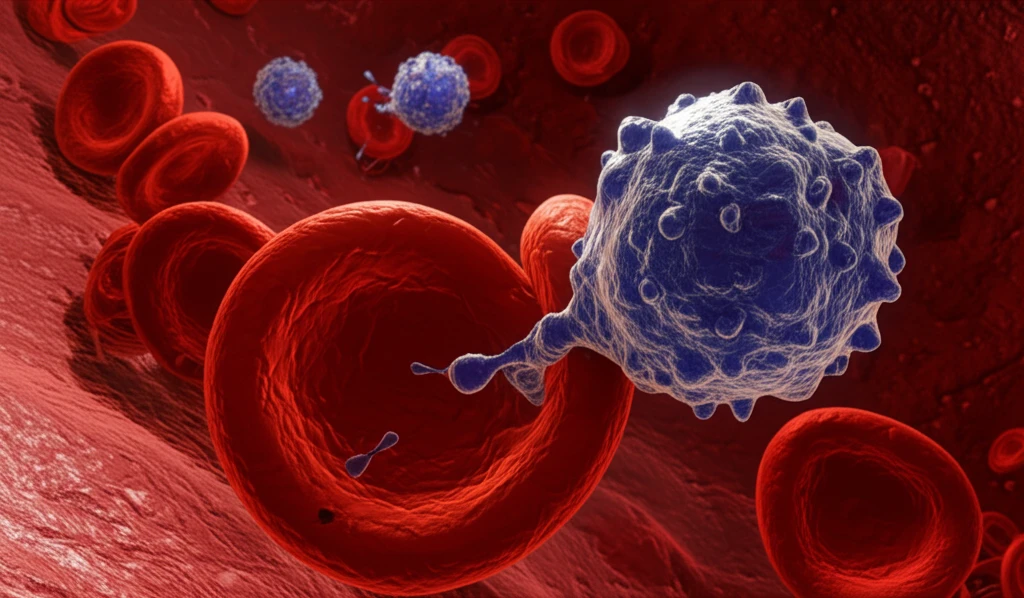
Cancer and Blood Clots: What You Need to Know About Thrombosis and Bleeding
"Understanding the delicate balance between thrombosis and bleeding in cancer patients can improve overall health and treatment outcomes."
For over a century, medical professionals have recognized the connection between cancer and hypercoagulability – an increased tendency to form blood clots. Armand Trousseau first described the association in the 19th century. Cancer patients often experience an imbalance, predisposing them to both thrombosis (clotting) and bleeding.
While the presence of malignant cells contributes to coagulation, it’s now understood that the process is far more complex. The type of cancer, its stage, and treatments all play a role, making personalized understanding critical. Specific genetic alterations, especially in hematological malignancies, can further heighten thrombotic risks.
Navigating these complexities requires a comprehensive approach. This article reviews current insights into thrombosis and bleeding in cancer patients, offering practical information to help understand, manage, and mitigate these risks.
Why Are Cancer Patients More Prone to Blood Clots?

Cancer triggers significant changes in the body's coagulation processes. Biochemical markers consistently show increased activity in both plasma and platelets, indicating a procoagulant state. This includes elevated levels of prothrombin fragments, thrombin-antithrombin complexes, and increased fibrin generation and degradation, reflected in elevated D-dimer levels.
- Tumor interactions: Cancer cells directly interact with the coagulation system, promoting clot formation.
- Inflammation: Cancer-related inflammation activates clotting pathways.
- Immobility: Reduced physical activity during cancer treatment increases the risk of blood clots.
- Treatment effects: Chemotherapy and other treatments can damage blood vessels and further stimulate clotting.
Striking the Balance: Managing Coagulation in Cancer Care
Managing coagulation in cancer patients requires a delicate balance, mindful of both thrombotic and bleeding risks. Awareness of VTE's high frequency and mortality in cancer underscores the importance of proactive strategies. While low-molecular-weight heparin (LMWH) has been a mainstay for VTE prevention and treatment, recent studies and evolving guidelines suggest a shifting landscape. Direct oral anticoagulants (DOACs) are emerging as valuable options, offering potential benefits in efficacy and convenience.
